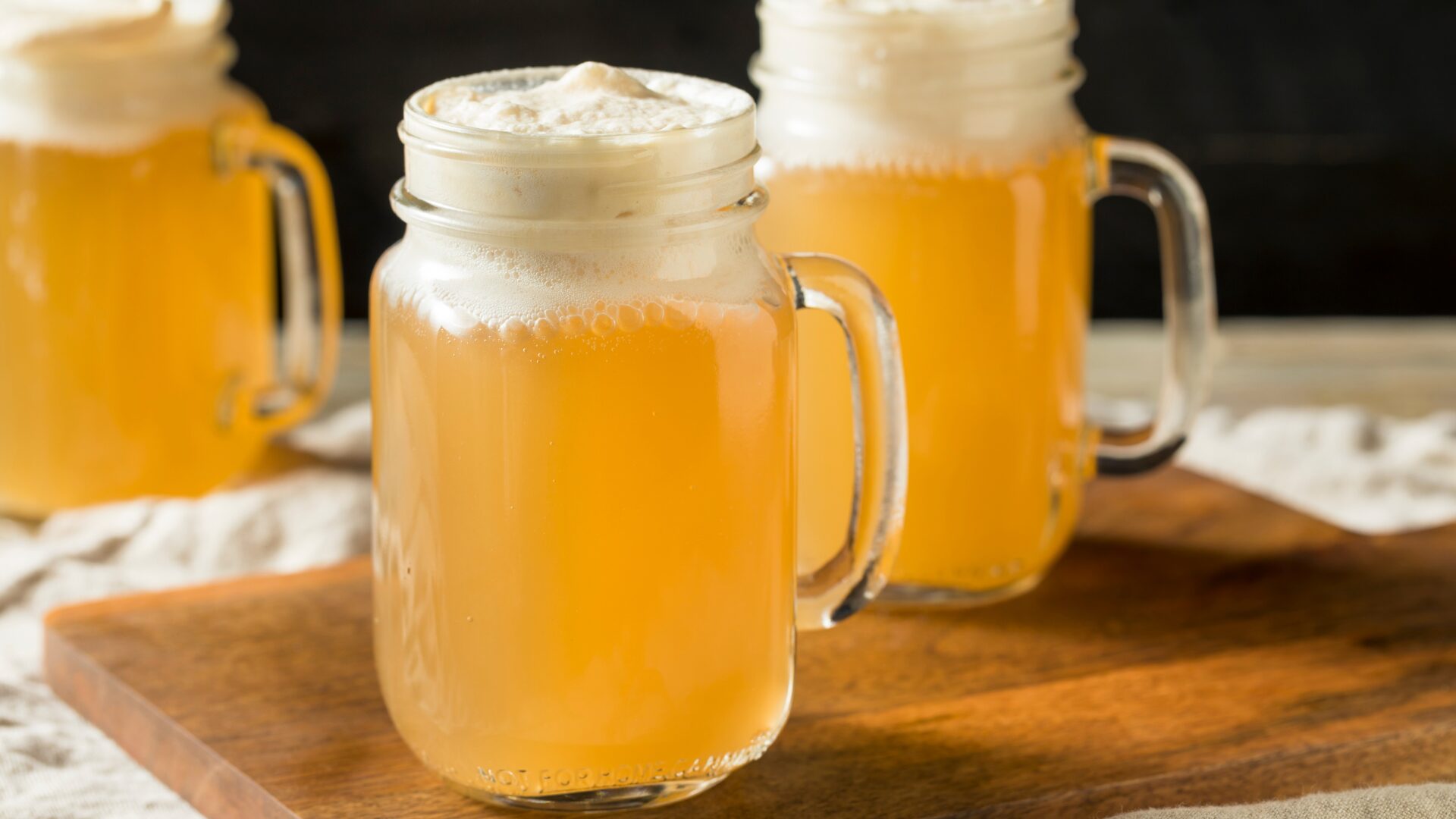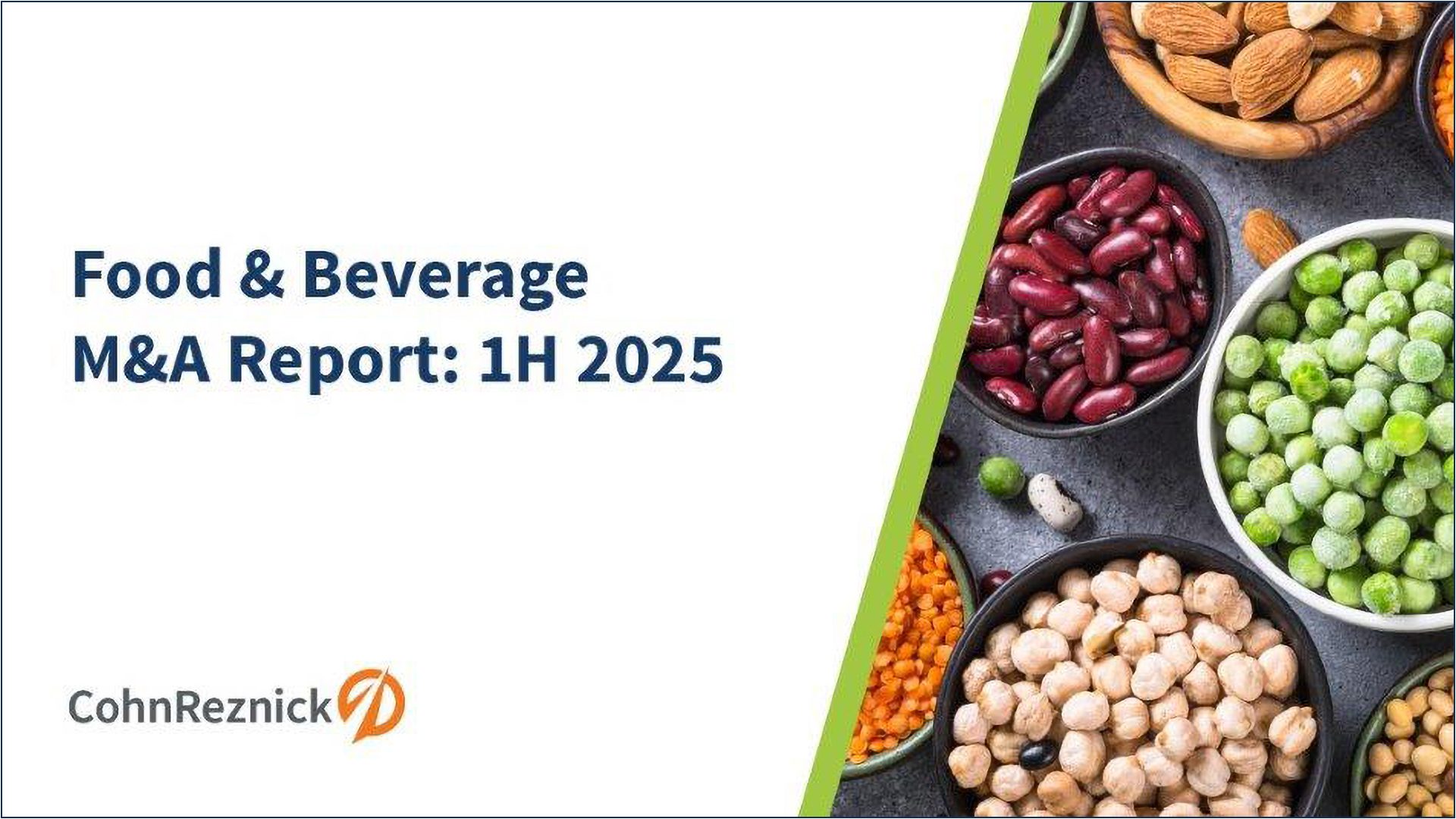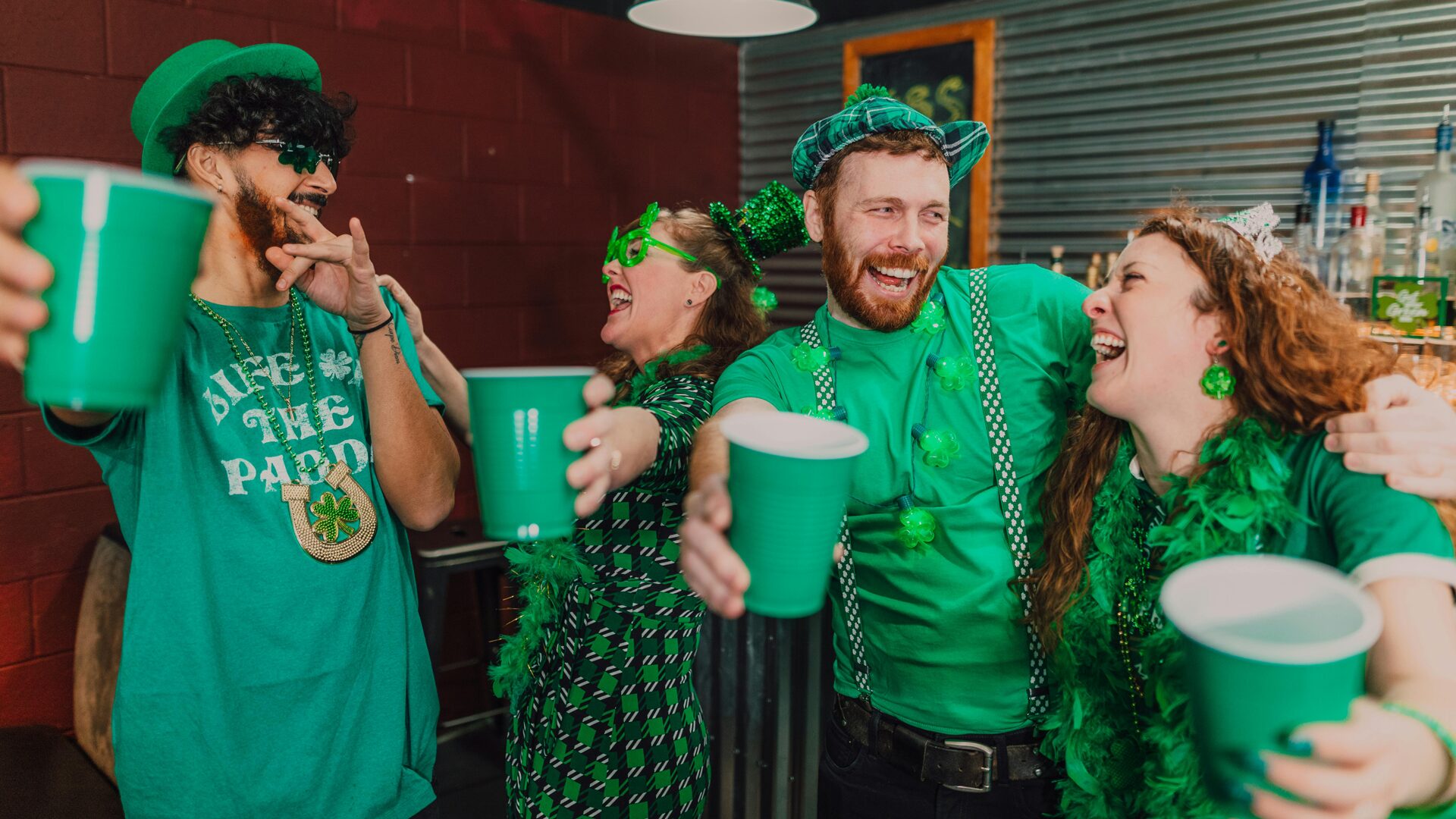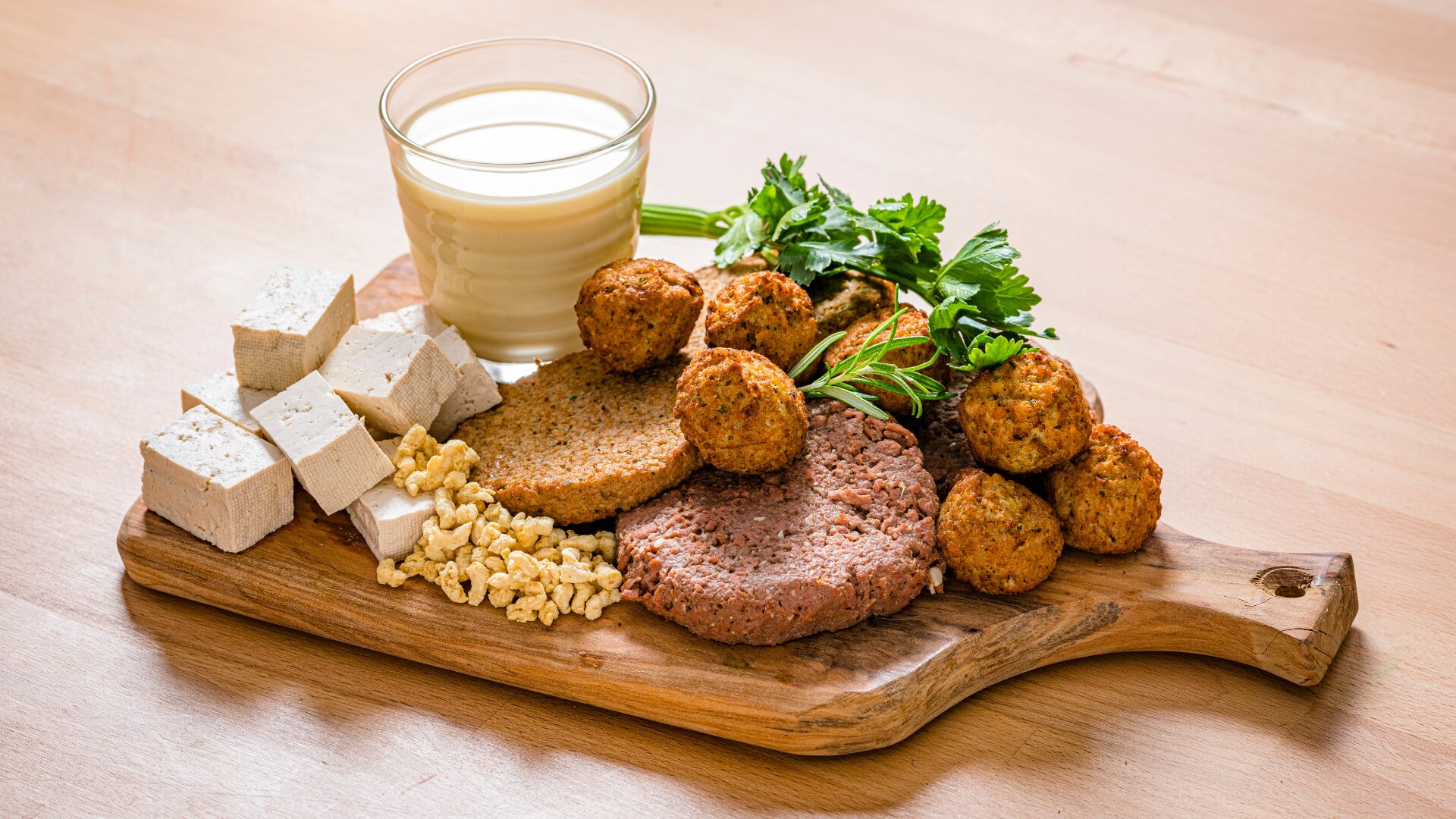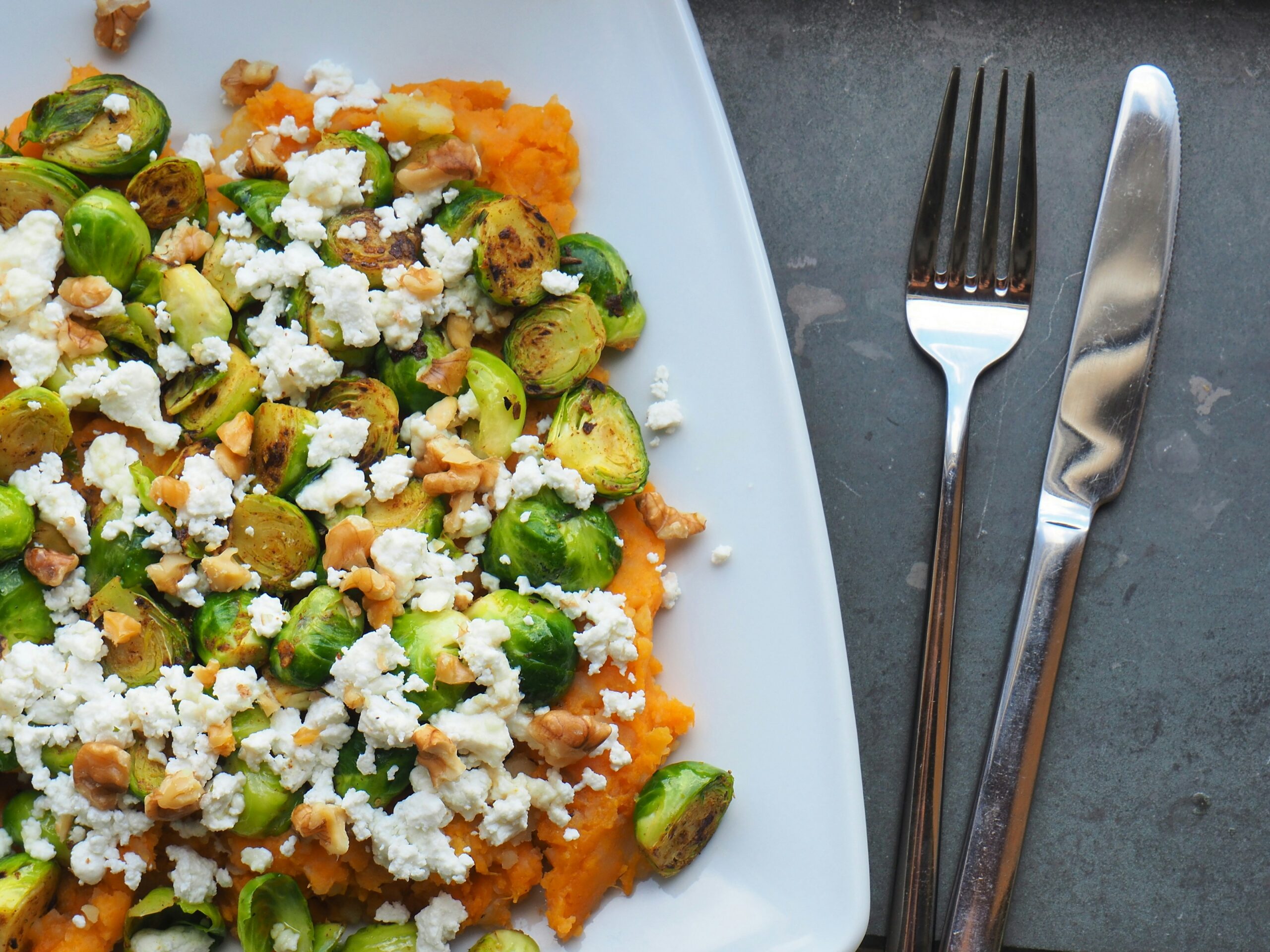Metabolizing some of the macro trends shaping the food and beverage industry, breweries and consumers in 2025 will seek out sweet, indulgent beers and wellness beverages with functional components, suggests a recent report from Datassential.
At the crossroads between healthy and sweet, consumers are choosing both. Why?
Let’s dive into some of the forces motivating these shifts.
Dessert in a Glass
Many sweet offerings distill the nostalgic charm of the candies of childhood, a trend that The New York Times said took restaurant dessert menus by storm at the beginning of this year. Offerings that harken back to childhood staples are focused on younger generations, the report noted.
“Candy flavors are especially popular with Gen Z, a generation that tends to choose beer less often than their older peers.”
Research earlier this year from Circana also found that drinking-aged Gen Z consumers have a palate for alcohol with sweet notes, particularly in sparkling wines and ready-to-drink cocktails.
It’s no surprise that the desire for sweeter options comes to beer, a subcategory that has undergone a steady contraction in its “share of sip” across all beverages. In 2020, beer and cider accounted for 21.5% of dollar sales; however, by 2023, that had contracted to only 18.9%, found Circana.
Scott Scanlon, EVP of alcoholic beverages at Circana, warned alcohol manufacturers to consider current trends: “Exciting flavor profiles will remain a key driver of innovation in this space. Brands that want to remain competitive should explore opportunities to elevate their offerings.”
Millennials are also likely to seek out these nostalgic brews.
In an FI story about how brands are marketing to “kidults,” adults who indulge in products intended for children, Vicki Breon, brand + CX strategist at Priority Designs, emphasized the power that nostalgia has over the generation.
“Purchase decisions are overwhelmingly emotional, and Millennials tend to over-index on food and beverage spending compared to previous generations… By offering products that call back to nostalgia and childhood memories, people can easily justify a ‘little treat,’” she said.
Some products leveraging the trend include Flying Dog Brewery’s Saltwater Taffy IPA and Bolero Snort’s Juicy Pebbulls. The brains behind the latter brew noted steady customer demand for these experiential flavors in an interview last year with the industry publication All About Beer.
“There’s whimsy in these beers… people walk through the door excited to try them and we can charge accordingly for that since these are expensive to make, labor intensive, and tie up tanks,” brewer Robert Olson Jr. explained. “They are happy when they try it and then share it on social media and that gets people excited.”
Better-for-You Beer
Where candy-inspired alcoholic offerings target sweet-toothed Gen Z consumers and the maudlin millennials, functional beverages cater to a different demographic: health and wellness-conscious shoppers.
“Functional beer is part of a larger, better-for-you movement in the segment that also includes natural wine and collagen-infused cocktails,” found the Datassential report. They noted that some of these functional components include electrolytes, spirulina, and myriad vitamin, mineral, and antioxidant infusions.
The interest in health-focused alcoholic beers develops in tandem with the rise of the non-alcoholic category, which is expected to reach $42.4 billion by 2032, according to data insights firm Introspective Market Research.
“As people become more conscious of their health and wellness, the demand for beverages that offer the social experience of drinking without the negative effects of high alcohol content has surged,” stated the report, adding that light beers and reduced-alcohol wines complement the rise non-alcoholic demand.
Similarly, functional beers often propose a lower alcohol by volume (ABV). Line, a collaboration between French supplement manufacturer Etika Spirulina and Hub Brewery, touts a spirulina-infused Session IPA with only 3% ABV. The algae also give the alcohol a unique blue color that accents the experience. Spirulina is known for its nutrient density and a robust lineup of wellness properties.
Other popular better-for-you beers include Harpoon’s Rec. League, a 4% ABV Hazy IPA brewed with buckwheat kasha, chia seeds, and sea salt for electrolytes.
Sweet and functional alcoholic offerings play into the adventurous spirit of the modern shopper.
While better-for-you beverages give these populations a permissible indulgence, candy-flavored drinks offer a purely decadent, unique experience. No matter the motivators, the domestic market is primed for its entry. Plus, it could be a much-needed lifeline for the flagging beer subcategory.
The Food Institute Podcast
Restaurant results for the second quarter weren’t stellar, but people still need to eat. Are they turning to their refrigerators, or are restaurants still on the menu for consumers? Circana SVP David Portalatin joined The Food Institute Podcast to discuss the current restaurant customer amid a rising home-centricity trend.


